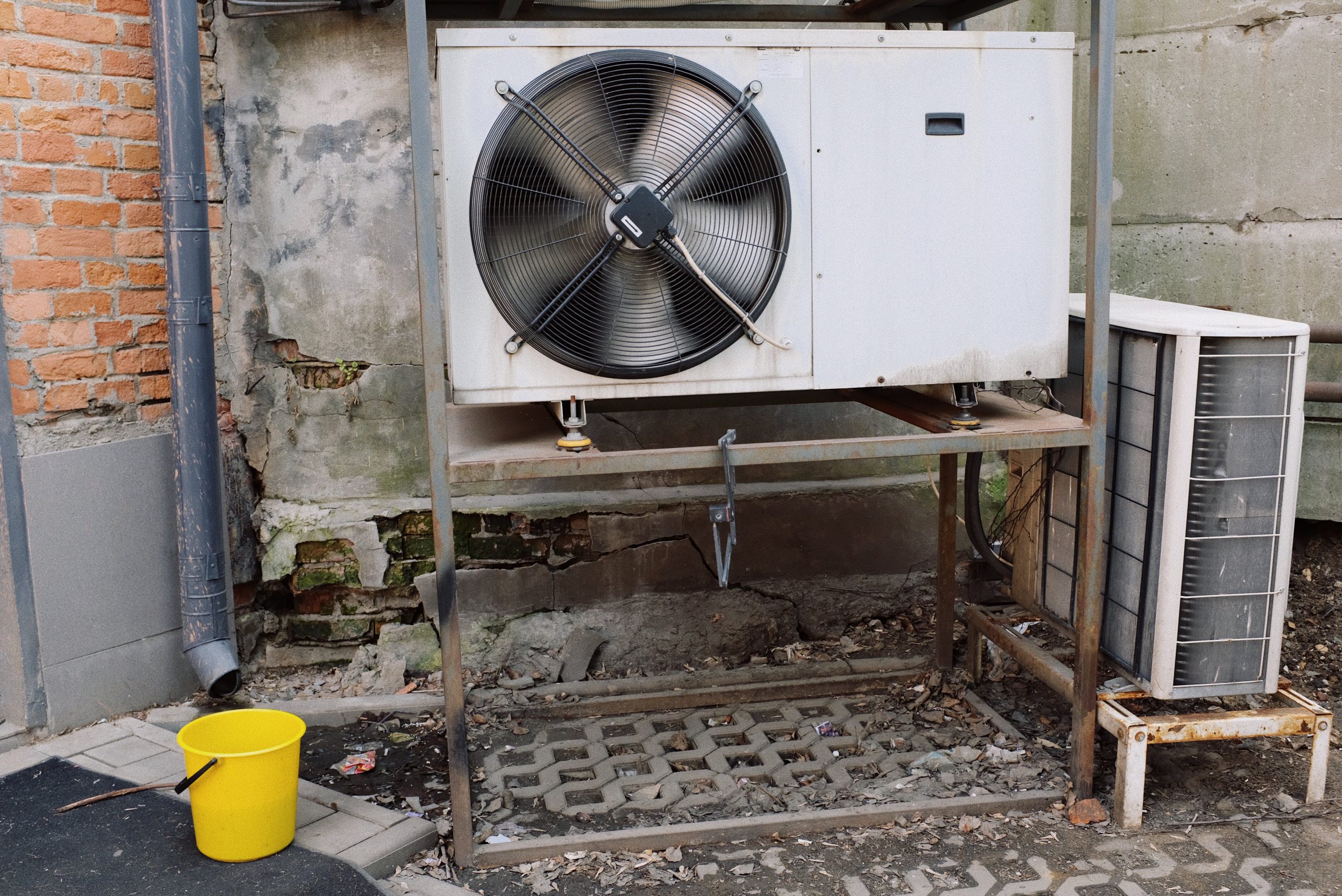For many homeowners, there are three concerns that keep them up at night. The first is the property market collapsing, the second is the central heating going down in the midst of winter, and the third is a mold outbreak.
Although the above shouldn’t be taken too literally, if there’s one surefire way of guaranteeing a real headache, along with heaps of stress, it’s a mold outbreak in the home. Mold is a natural fungus that can thrive in a variety of moist environments, both internally and externally. It’s commonly found around doors, windows, ceilings, walls, and floors where there is a lot of moisture.
Not only does mold look unsightly and spread very easily, it can also pose a very significant health hazard when the spores are breathed in. It can trigger allergies, breathing problems and other serious health issues. In particularly bad cases it can even be fatal.
Basically, you don’t want mold in your home. Fortunately, there are things you can do to spot, prevent, and treat an outbreak.
Here’s a look at how to identify and prevent mold growth in the home.
How to Identify Mold
As is the case with any infestation in the home, the sooner you can diagnose an issue, the sooner you can get it resolved before it gets any more serious.
As devastating as a mold outbreak can be, fortunately it is fairly easy to spot, you just need to know what to look for.
Here are a few simple tips on how to identify mold in the home.
Check Rooms with High Humidity Levels
Mold absolutely loves moisture and humidity. As a result, it is often found in rooms and parts of the home with higher moisture counts. Rooms like the kitchen and bathroom for example, have higher levels of moisture because of steam. When coming into contact with dry surfaces like walls and ceilings, this provides the perfect environment for mold to grow.
Unless you have a leak somewhere, or a room with an unusually high amount of moisture, mold outbreaks will generally be the most common in kitchens and bathrooms, so be sure to check those regularly.
Know What to Look For
Identifying mold can sometimes be tricky because there are several different species commonly found in homes. These are:
- Cladosporium
- Penicillium
- Aspergillus
Though similar, they have key differences, especially in terms of appearance. Cladosporium, for example, presents itself as a green/brown/black mold and is often found with other types. Penicillium is blue/green in color, and Aspergillus is primarily black, with a white or yellow underside.
Use Your Nose
As well as using your eyes to visibly identify mold, another way of identifying a mold outbreak is to use your sense of smell.
Mold typically has a musty, slightly earthy and damp smell. If you notice any of your rooms, walls, cupboards, drawers, or furniture has this kind of smell to it, there may be mold lurking in the darkness somewhere.
Know the Health Symptoms
As mentioned previously, mold can be hazardous to your health and can cause a wide range of different health issues and problems. If you experience any of the following, it could be worth looking into a mold outbreak as the cause:
- Headaches
- Trouble breathing
- Lethargy
- Allergies and allergy symptoms
- Asthma attacks
Look Out for Wall Discoloration
If you notice your walls, floors, or ceilings, are starting to look discolored, stained, or even damp, this could be down to mold.
Look for any dark or discolored spots and if you’re able to do so safely, inspect them close up. Look for dark black/brown/green/yellow staining or discoloration, and make sure to check behind wallpaper as well, as this can be the perfect environment for mold to breed and thrive.
How to Prevent a Mold Outbreak
As prevention is better than cure, now that we know what to look out for, let’s finish off by taking a look at a few useful tips on what you can do to prevent a mold outbreak in your home.
Dry Clothes Outdoors or In a Dryer
One of the easiest ways of causing damp and mold problems in your home is to dry wet clothes inside. The heat and moisture from the clothes is absorbed into the walls and creates the perfect breeding ground for mold.
To prevent this, dry your clothes outdoors whenever possible, and consider investing in a dryer.
Let Walls Breathe
Another very simple tip for preventing mold in the home is to ensure your walls have plenty of room for air to circulate.
Instead of filling rooms with pieces of furniture and cramming them up as close to the wall as possible, pull them back an inch or so to allow air to circulate. This will prevent damp, moisture, and condensation and will help to reduce the risk of mold.
Increase Ventilation
One thing we can say with great certainty, is that a lack of ventilation is a guaranteed way of increasing your risk of mold. The more ventilation you have in your home, the lower your risk of mold.
Try to open doors and windows whenever possible, invest in a dehumidifier, and consider purchasing vented skylights for kitchens and bathrooms.
Use Mold Inhibitors When Possible
If you get the chance to paint your home, use a mold inhibitor or paint which contains a mold inhibitor to prevent mold from growing and breeding on walls and ceilings. If you’re renovating you can also use mold-resistant materials such as treated wood and drywall.
Call In an Expert
Finally, if you are concerned that your home may have mold, or if you have an outbreak that you can’t seem to get on top of, don’t be afraid to bring in the specialists.
Because household mold outbreaks are so common, there are plenty of mold specialists out there for you to choose from, who will help diagnose the problem and take care of it for you in no time at all.







